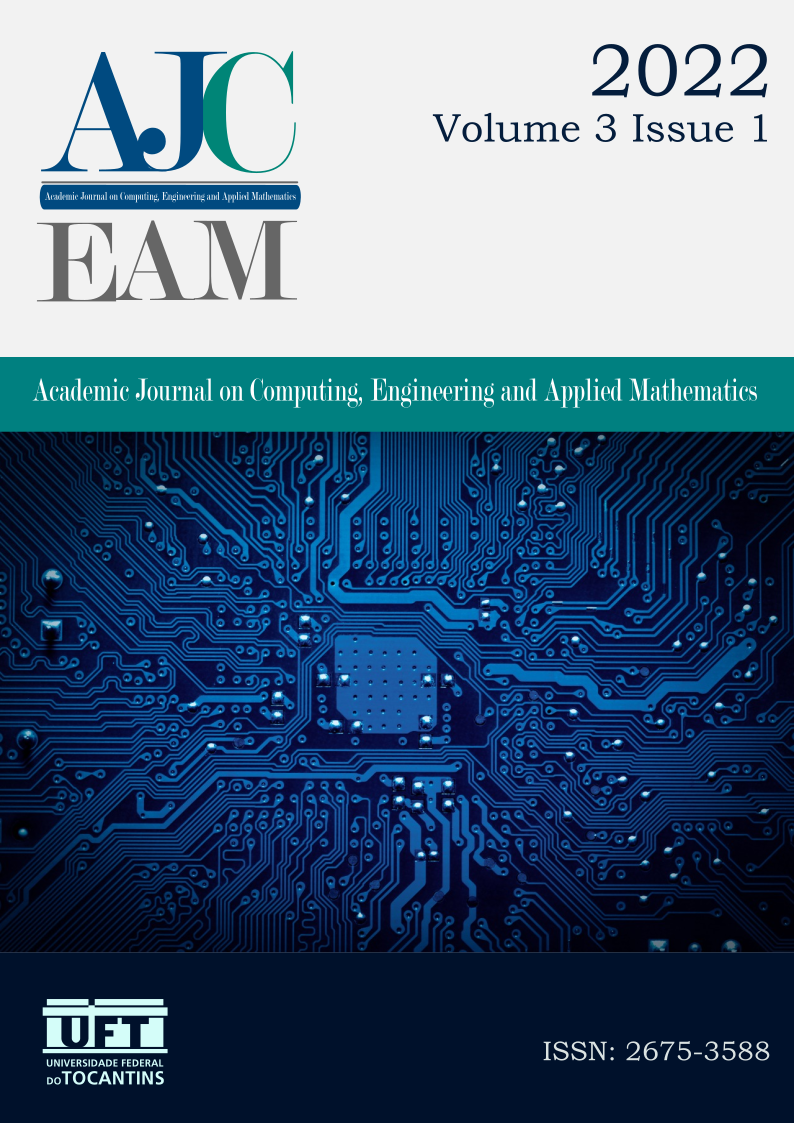Exploring Super-Resolution for Face Recognition
DOI:
https://doi.org/10.20873/uft.2675-3588.2022.v3n1.p1-8Keywords:
Facial Recognition, Deep Learning, Super-Resolution, Images and Videos, Image Processing, Computer VisionAbstract
Biometric recognition is part of many aspects of modern society. With the popularization of smartphones, facial recognition gains space in this environment of biometric technologies. With the diversity of image capture devices, of different brands and qualities, the images will not always be in the ideal standard to be recognized. This article tests and compares different scenarios and situations to assess the results obtained by facial recognition in different environments. For this, the quantity method of data analysis was used. In the first scenario, all images were submitted without changes. In the following, we have the reduction of image resolution, which may or may not be followed by enlargement to the original resolution via bicubic interpolation or through the Image Super-Resolution algorithm, these images can be all, or only that undergo tests. Results indicate that the first scenario obtained the best performance, followed by only the tests images change. The worst performance occurs where the properties of all images are affected. In situations where there is a reduction and enlargement are optional, the enlargement option performs better, so the bicubic enlargement has an advantage over the ISR, the situation in which only the reduction occurs has the worst performance.
Downloads
Published
How to Cite
License
Copyright (c) 2021 Patrick Anderson Matias de Araújo, Eduardo Ferreira Ribeiro

This work is licensed under a Creative Commons Attribution-NonCommercial 4.0 International License.
Authors who publish in this journal agree to the following terms:
- Authors retain copyright and grant the journal the right of first publication, with work simultaneously licensed under the Creative Commons Attribution License (CC BY-NC 4.0), allowing work sharing with acknowledgment of the work's authorship and initial publication in this journal. ;
- Authors are authorized to enter additional contracts separately for the non-exclusive distribution of the version of the work published in this journal (eg, publishing in an institutional repository or as a book chapter), with acknowledgment of authorship and initial publication in this journal;
- Authors are allowed and encouraged to post and distribute their work online (eg, in institutional repositories or on their personal page) at any point after the editorial process;
- In addition, the AUTHOR is informed and agrees with the journal that, therefore, his paper may be incorporated by the AJCEAM into existing or existing scientific information systems and databases (indexers and databases). in the future (indexers and future databases), under the conditions defined by the latter at all times, which will involve at least the possibility that the holders of these databases may perform the following actions on the paper:
- Reproduce, transmit and distribute the paper in whole or in part in any form or means of existing or future electronic transmission, including electronic transmission for research, viewing and printing purposes;
- Reproduce and distribute all or part of the article in print;
- Translate certain parts of the paper;
- Extract figures, tables, illustrations, and other graphic objects and capture metadata, captions, and related article for research, visualization, and printing purposes;
- Transmission, distribution, and reproduction by agents or authorized by the owners of database distributors;
- The preparation of bibliographic citations, summaries and indexes and related capture references from selected parts of the paper;
- Scan and/or store electronic article images and text.



